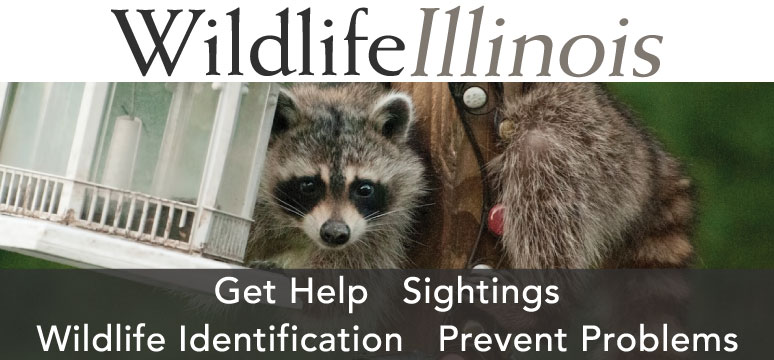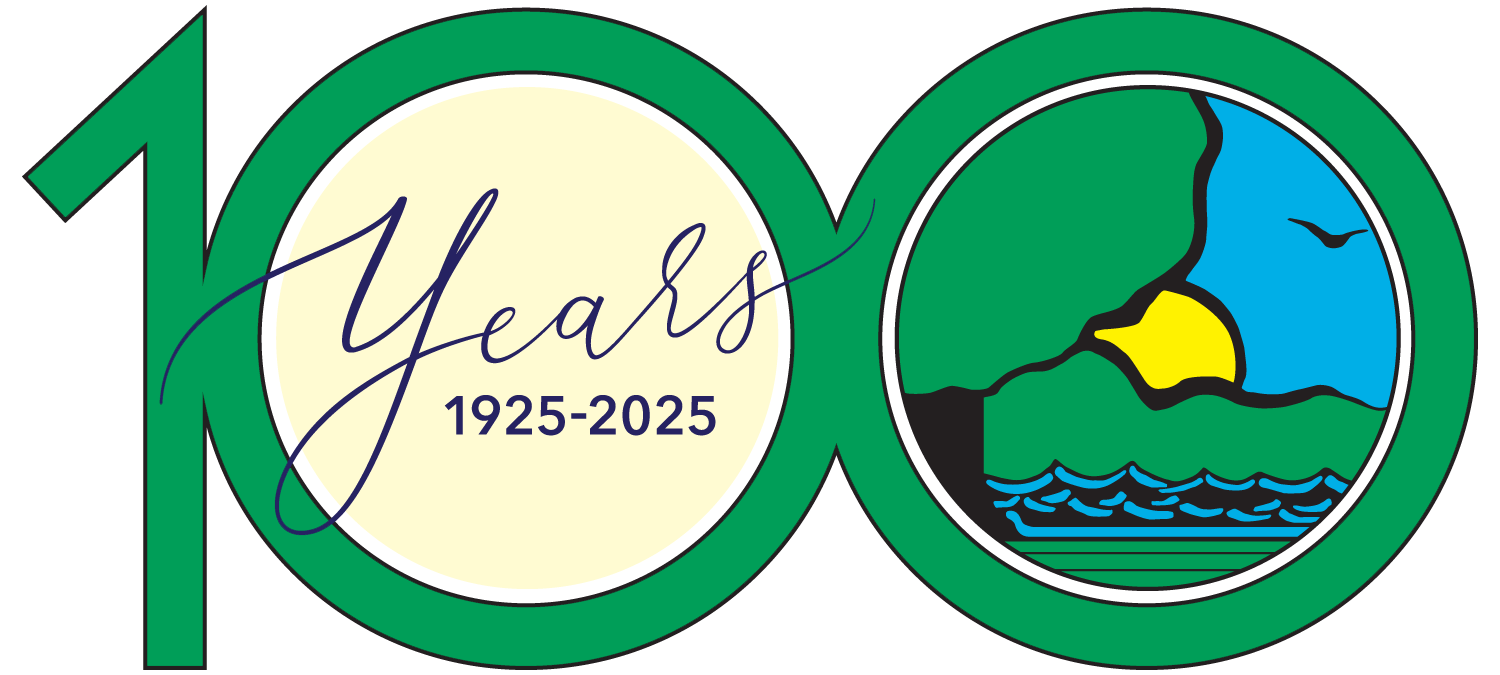
All photos courtesy of the author.



All photos courtesy of the author.

Most people assume that coyotes, the top predator in Illinois, are eating up our wildlife, most notably white-tailed deer fawns. While coyotes are opportunistic feeders and no doubt take their fair share of fawns and other wildlife, the true number of fatalities on certain species may never be known. This angle then is too puzzling to try and pursue, but most studies show their diet is made up primarily of small mammals including mice, voles and other rodents.
I am not here to defend the coyote, but does it get a bad rap? As I write this however, I find myself in a contradictory position. I am looking out at the woodlot behind my house from my office desk. In that woodlot is a small clearing and right in the middle of that clearing is a bedded fawn. My only thoughts “I hope a coyote doesn’t get it.” We are all guilty.
The Illinois Department of Natural Resources led me to a couple of sites that might be of some help: Wildlife Illinois and “The Urban Coyote Research Project: Research Reports and Resources.” Here are recaps of two of projects and you can deduce what you may from their findings.

The first is a thesis by Justin L. Brown entitled “The Influence of Coyotes on an Urban Goose Population in the Chicago Metropolitan Area.” Brown monitored Canada goose nest predation in the Chicago suburbs during the 2004 and 2005 nesting seasons. Of 58 nests monitored in 2004 and 286 in 2005, only raccoons and coyotes were identified as nest predators.
The study suggested that 75 to 78 percent of all Canada goose depredations were from coyotes. Coyotes were also documented killing one adult goose and feeding on several others. Brown suggested that while the depredation did occur it did not appear that coyotes were actively searching out goose nests.
Another study by Stanley D. Gehrt, Justin L. Brown and Chris Anchor also occurred on four study sites in the Chicago area from 2000 to 2006. Coyotes were captured and radio-collared, including 17 female adults, 41 female subadults, 28 female pups, 28 adult males, 40 subadult males and 27 male pups, for a total of 181 animals.

Part of the study was a diet analysis on 1,429 coyote scats (Morey et.al. 2007). The analysis suggested that small rodents (41.8 percent occurrence) were the most common diet item in all seasons. Fruit was second (22.7 percent occurrence) with deer third (22.0 percent occurrence) and then rabbits (17.7 percent occurrence). Small birds were also found at 13.1 percent occurrence.
What did I deduce from these two wonderful studies? First and foremost, I believe that Brown made a fine statement from the goose study. He suggested that while coyotes did feed on goose nests he did not believe that they sought nests, leading me to believe that accidental encounters with other species (such as deer) is what led to their demise.
My opinion, based on these resources, suggests that coyotes actively search out one prey species—rodents. Don’t get me wrong, if a coyote does come across a fawn or even a rabbit and can take advantage of the situation they will indeed do so, but their main target prey species are rodents. Which then leads me to believe that coyotes take fewer fawns and other game species than we might be led to believe.
Loss of habitat and disease plays the largest role in the decline of species in the state of Illinois. The coyote is a predator that takes advantage of abundant prey first, but they will not pass up an easy meal. Coyotes are just a part of the system, trying to survive, and doing very well at that!

Kevin Wright is an award winning outdoor writer and wildlife photographer whose work has been published in a number of publications and websites throughout the country. He lives and works out of central Illinois.
Submit a question for the author